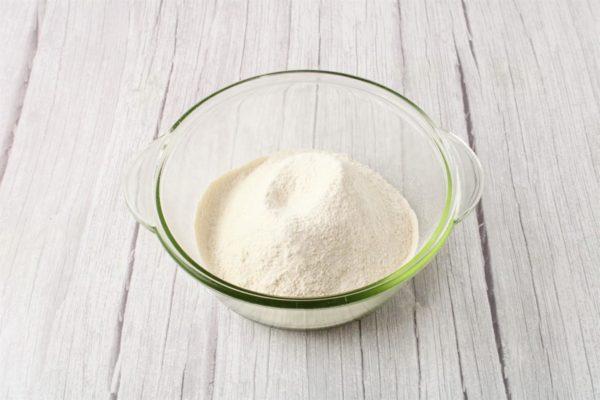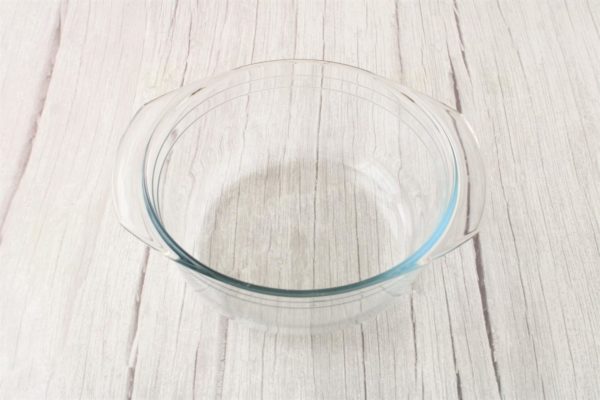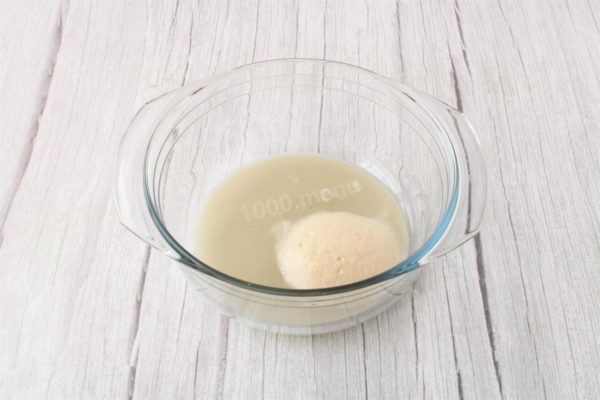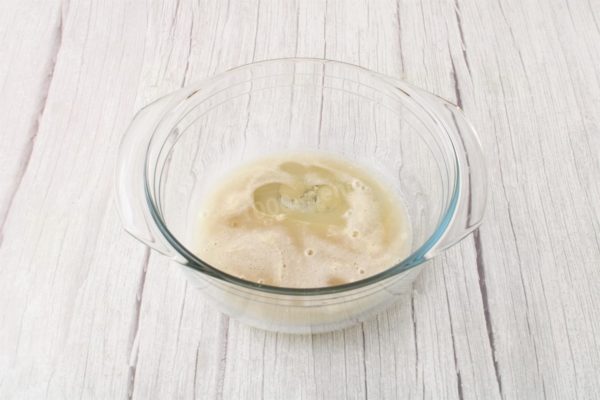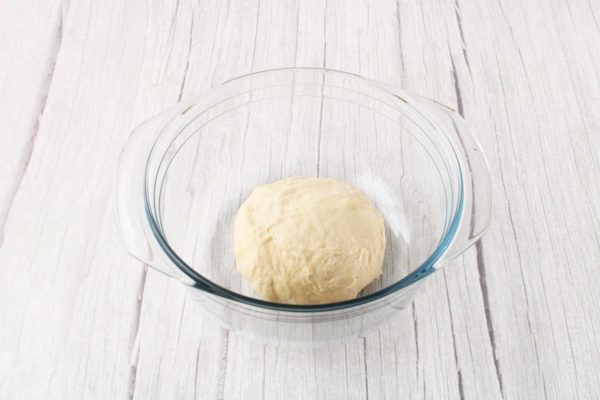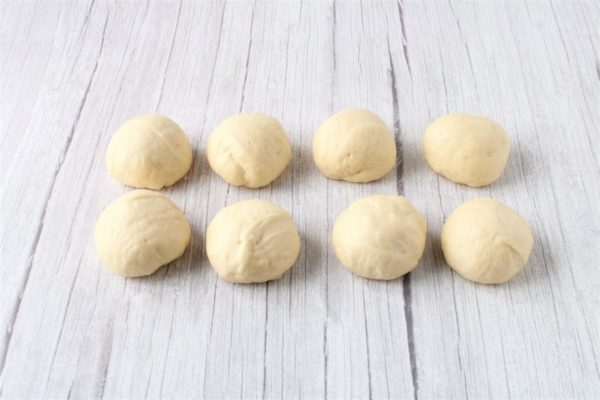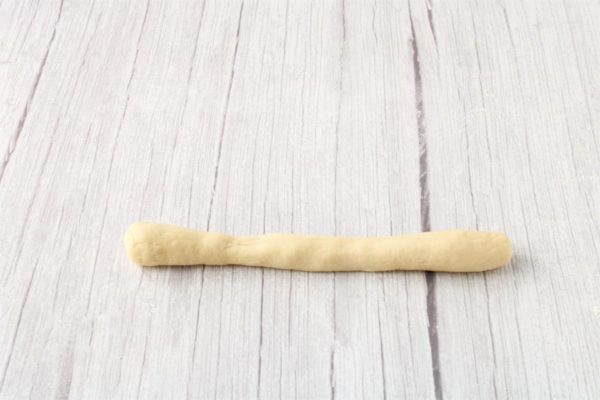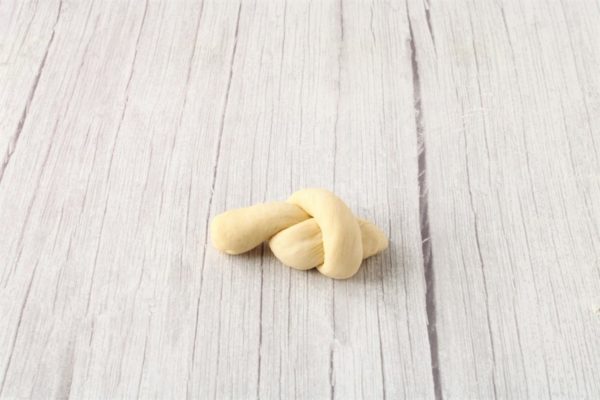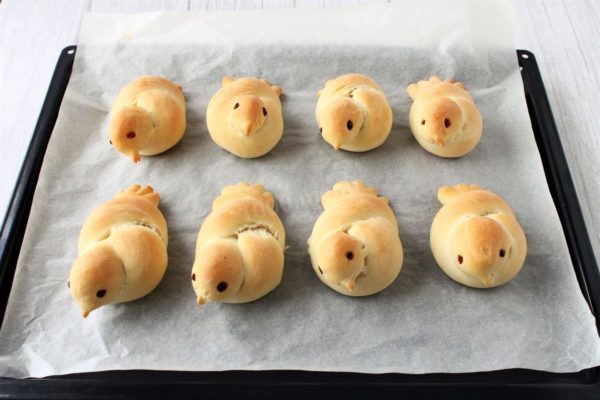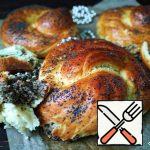| Prep Time | 20 minutes |
| Cook Time | 2.5 hours |
| Passive Time | ~1 hour |
| Servings |
|
Ingredients
- 160 milliliters Water
- 3 gram Dry yeast
- 0.5 teaspoon Salt
- 2 tablespoon Sugar
- 35 milliliters Vegetable oil plus a little bit for lubrication
- 1 teaspoon Vanilla sugar
- 280 gram Wheat flour / Flour
- 3 gram Raisin for registration (3-4 pcs.)
Ingredients
|
Instructions
- In a small bowl, combine the yeast, 1 teaspoon of sugar (from the total amount), and approximately 50 ml of slightly warm water. Stir and let it sit for 10-12 minutes to activate the yeast. A foamy "cap" should form on the surface, indicating good yeast quality. If the yeast doesn't rise or rises inadequately, it's better to replace them. Otherwise, the dough won't rise well, and the baking won't be successful.
- Create the beak, and prepare raisin eyes. Wash and dry the raisins, then cut them into small pieces. These will be the lark's eyes. To ensure they stay in place, you can make small holes with a toothpick and insert the raisin pieces. The dough will rise during proofing and baking, so don't worry about pressing them in securely.
Recipe Notes
Be ready to adjust the amount of flour as needed based on the dough's consistency rather than sticking rigidly to the specified quantity.
Remember that oven performance can vary among different models. Hence, the temperature and cooking time might not precisely match the recipe's recommendations.
To ensure your oven reaches the desired temperature, preheat it well in advance, ideally 10-20 minutes before you begin cooking.


